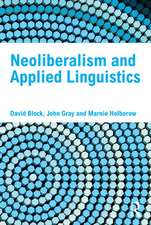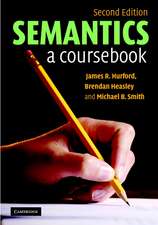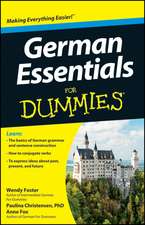Language Classification: History and Method
Autor Lyle Campbell, William J. Poseren Limba Engleză Hardback – 25 iun 2008
Preț: 904.80 lei
Preț vechi: 1052.09 lei
-14% Nou
Puncte Express: 1357
Preț estimativ în valută:
173.16€ • 179.40$ • 144.51£
173.16€ • 179.40$ • 144.51£
Carte tipărită la comandă
Livrare economică 21 martie-04 aprilie
Preluare comenzi: 021 569.72.76
Specificații
ISBN-13: 9780521880053
ISBN-10: 052188005X
Pagini: 548
Ilustrații: 3 b/w illus.
Dimensiuni: 152 x 229 x 35 mm
Greutate: 1.02 kg
Ediția:1
Editura: Cambridge University Press
Colecția Cambridge University Press
Locul publicării:Cambridge, United Kingdom
ISBN-10: 052188005X
Pagini: 548
Ilustrații: 3 b/w illus.
Dimensiuni: 152 x 229 x 35 mm
Greutate: 1.02 kg
Ediția:1
Editura: Cambridge University Press
Colecția Cambridge University Press
Locul publicării:Cambridge, United Kingdom
Cuprins
1. Introduction: how are languages shown to be related to one another?; 2. The beginning of comparative linguistics; 3. 'Asiatic Jones, Oriental Jones': Sir William Jones' role in the rise of comparative linguistics; 4. Consolidation of the comparative linguistics; 5. How some languages were shown to belong to Indo-European; 6. Comparative linguistics of other languages and regions; 7. How to show languages are related: the methods; 8. The philosophical-psychological-typological-evolutionary approach to language relationships; 9. Assessment of proposed distant genetic relationships; 10. Beyond the comparative method?; 11. Why and how do languages diversify and spread?; 12. What can we learn about the earliest human language by comparing languages known today?; 13. Conclusions: anticipating the future.
Notă biografică
Descriere
This book discusses language classification and how and why languages diversify and spread.










